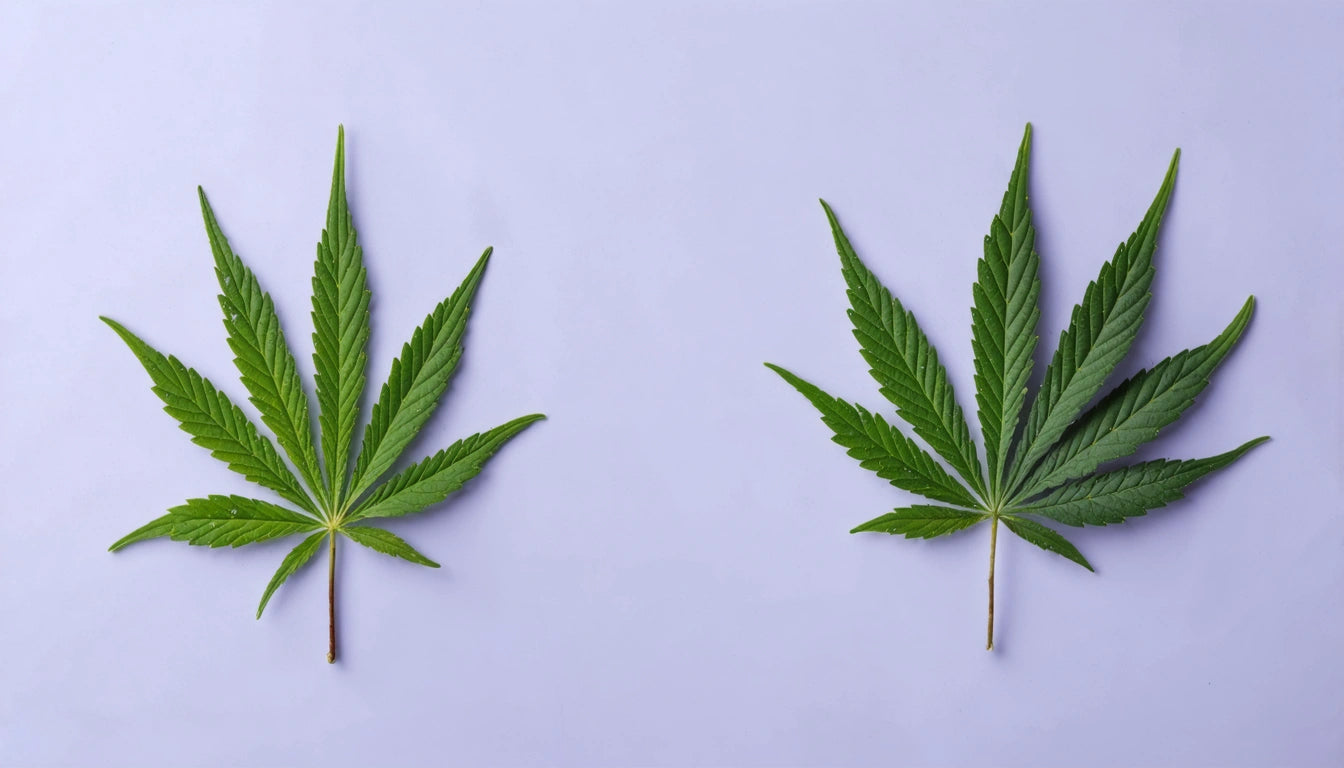Table of Contents
While medical cannabis and recreational weed come from the same plant species, they differ significantly in regulation, quality control, intended use, and accessibility. Understanding these distinctions helps consumers make informed decisions about which option best suits their needs and ensures compliance with local laws.
Regulatory Differences Between Medical and Recreational Cannabis
Medical cannabis programs typically operate under stricter regulatory frameworks than recreational markets. Medical products often undergo more rigorous testing for contaminants and potency accuracy. In many states, medical cannabis is subject to different taxation structures, frequently carrying lower tax rates than recreational products to improve accessibility for patients.
Additionally, medical cannabis programs typically predate recreational legalization, creating two parallel regulatory systems within the same state. This can lead to confusion about interstate travel regulations and possession limits, which differ between medical and recreational users.
Product Quality Control and Testing Standards
Medical cannabis often faces more stringent quality control requirements. This includes testing for:
- Pesticides and heavy metals
- Microbial contaminants
- Residual solvents in concentrates
- Precise cannabinoid profiles
- Terpene content
These enhanced testing protocols aim to protect vulnerable patients with compromised immune systems or specific medical needs. For both medical and recreational products, lab testing verification is essential for consumer safety.
Safety regulations extend to packaging as well. According to safety standards for medical products, cannabis packaging must be designed to prevent accidental ingestion by children while remaining accessible to patients who may have dexterity limitations.
Potency and Composition Variations
Medical cannabis products often feature different cannabinoid ratios than recreational offerings. While recreational markets typically emphasize high-THC products, medical products frequently include:
- Higher CBD-to-THC ratios
- Specific minor cannabinoid profiles (CBG, CBN, etc.)
- Targeted terpene formulations
- Consistent dosing mechanisms
Understanding the differences between THC and CBD becomes particularly important for medical users seeking specific therapeutic effects while minimizing unwanted psychoactive experiences.
Access Requirements and Purchase Limitations
Obtaining medical cannabis requires a physician's recommendation or certification in most jurisdictions. This process typically involves:
- Consultation with a qualified healthcare provider
- Documentation of a qualifying medical condition
- Registration with state medical cannabis programs
- Periodic renewal of medical recommendations
For patients considering this route, learning how to discuss cannabis with healthcare providers is an important first step.
Medical cannabis patients often enjoy higher possession limits and sometimes lower age requirements (typically 18+ with guardian consent versus 21+ for recreational). They may also have access to higher-potency products or special formulations unavailable in recreational markets.
Therapeutic Applications and Product Selection
Medical cannabis is typically recommended for specific conditions including:
- Chronic pain management
- Seizure disorders
- Multiple sclerosis
- Cancer-related symptoms
- PTSD and anxiety disorders
- Inflammatory conditions
Product selection for medical users often focuses on consistent, predictable effects rather than variety or novelty. Medical dispensaries typically provide more detailed guidance on product selection, dosing, and administration methods.
For medical users, understanding concepts like microdosing and terpene effects becomes particularly important for optimizing therapeutic outcomes.
The Future of Cannabis Medicine and Recreational Markets
As cannabis research advances, the distinction between medical and recreational products may evolve. Emerging trends include:
- Pharmaceutical-grade cannabis medications with FDA approval
- More precise cannabinoid formulations targeting specific conditions
- Integration of cannabis medicine into mainstream healthcare
- Improved insurance coverage for medical cannabis
Meanwhile, recreational markets continue to mature with increased focus on responsible use, consumer education, and product innovation. The knowledge gained from medical cannabis research often informs recreational product development, creating a beneficial relationship between the two sectors.
Whether seeking relief from medical conditions or responsible adult use, understanding these key differences helps consumers navigate both markets effectively and safely.











Leave a comment
All comments are moderated before being published.
This site is protected by hCaptcha and the hCaptcha Privacy Policy and Terms of Service apply.